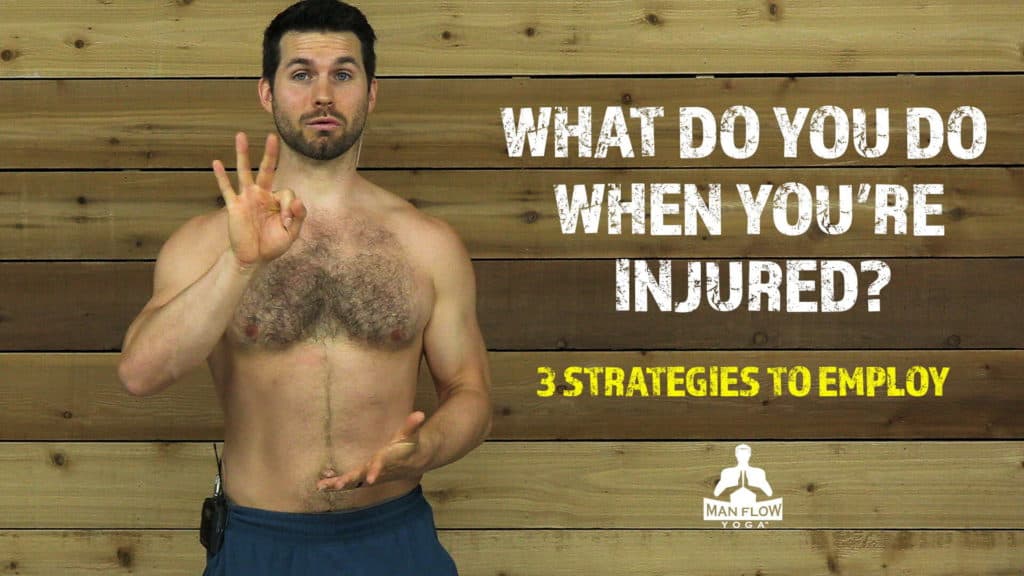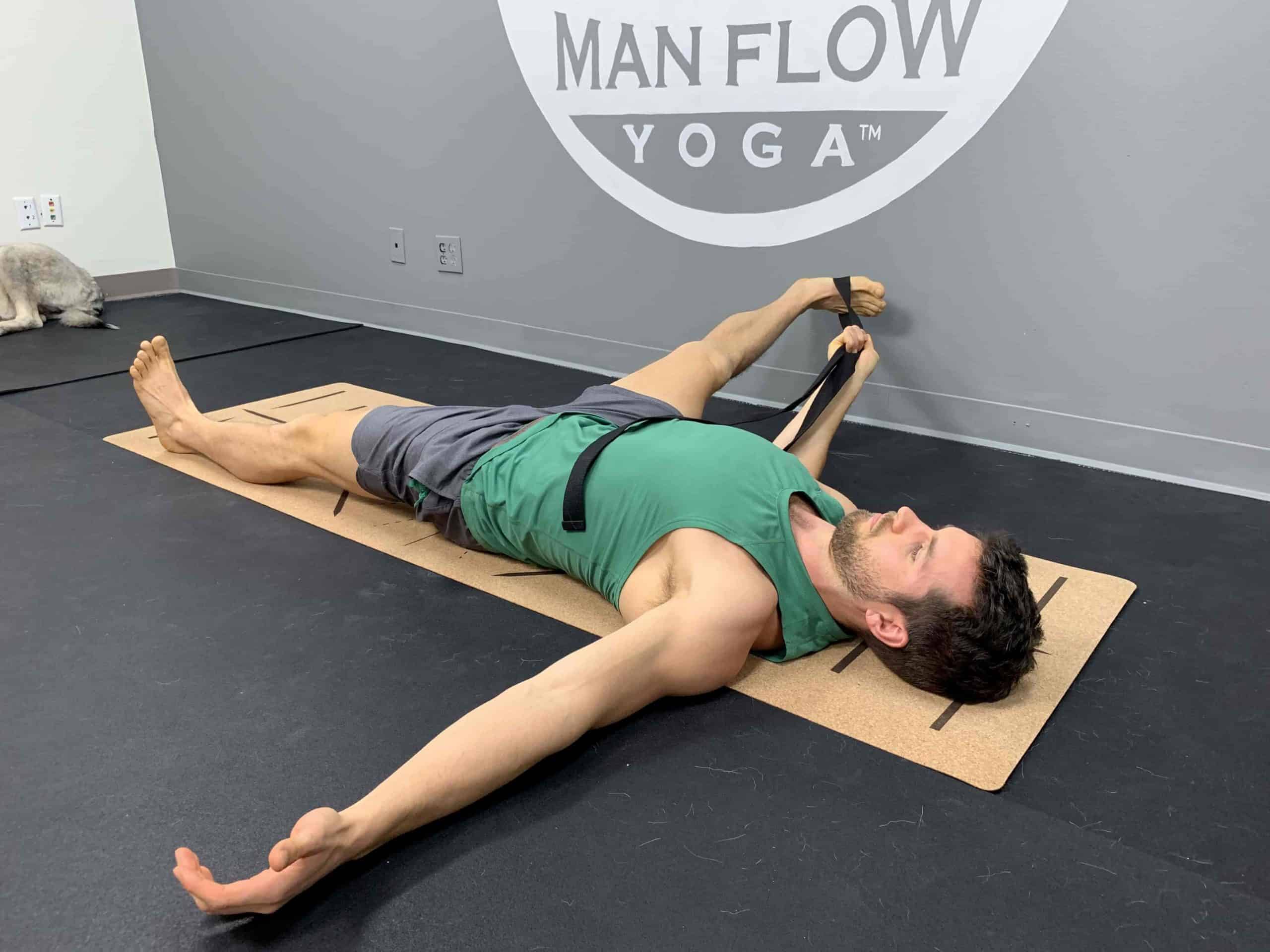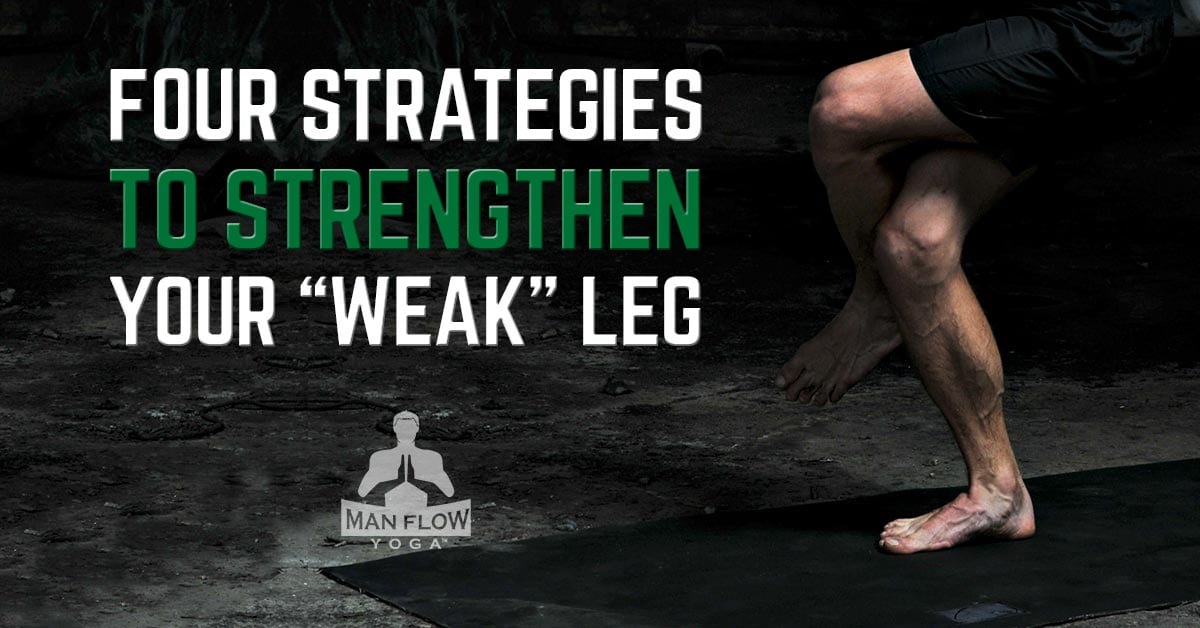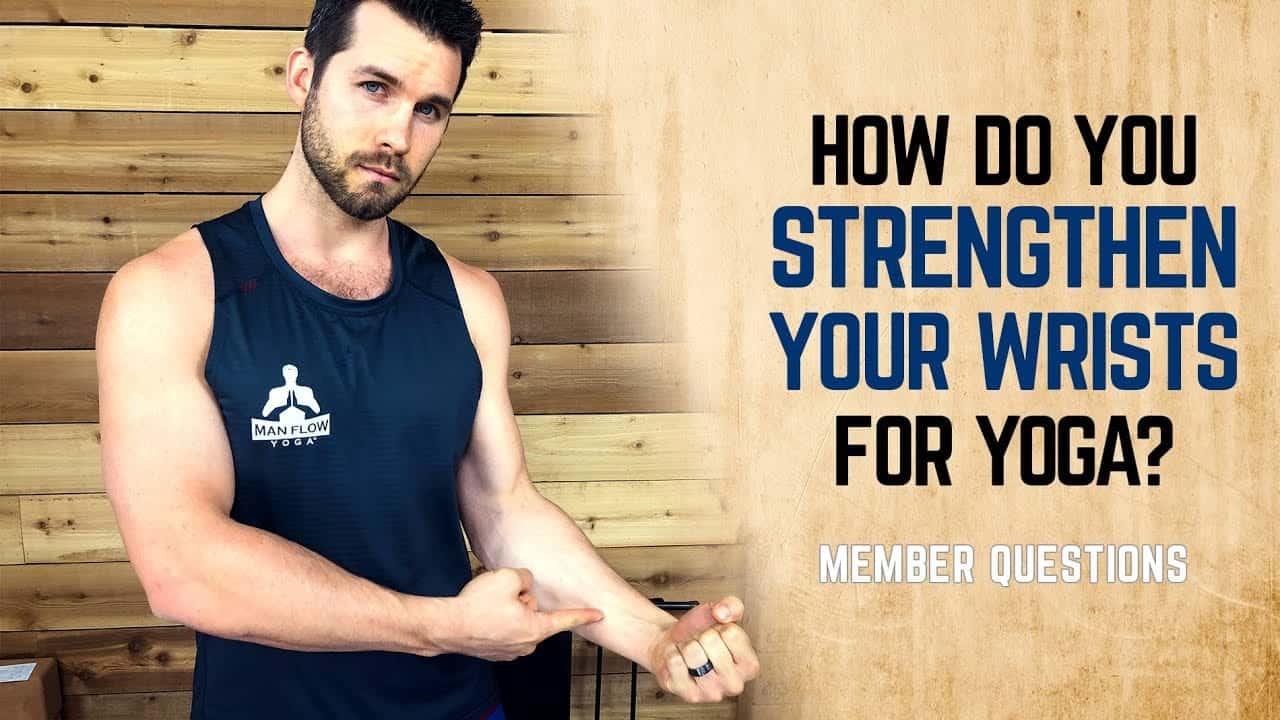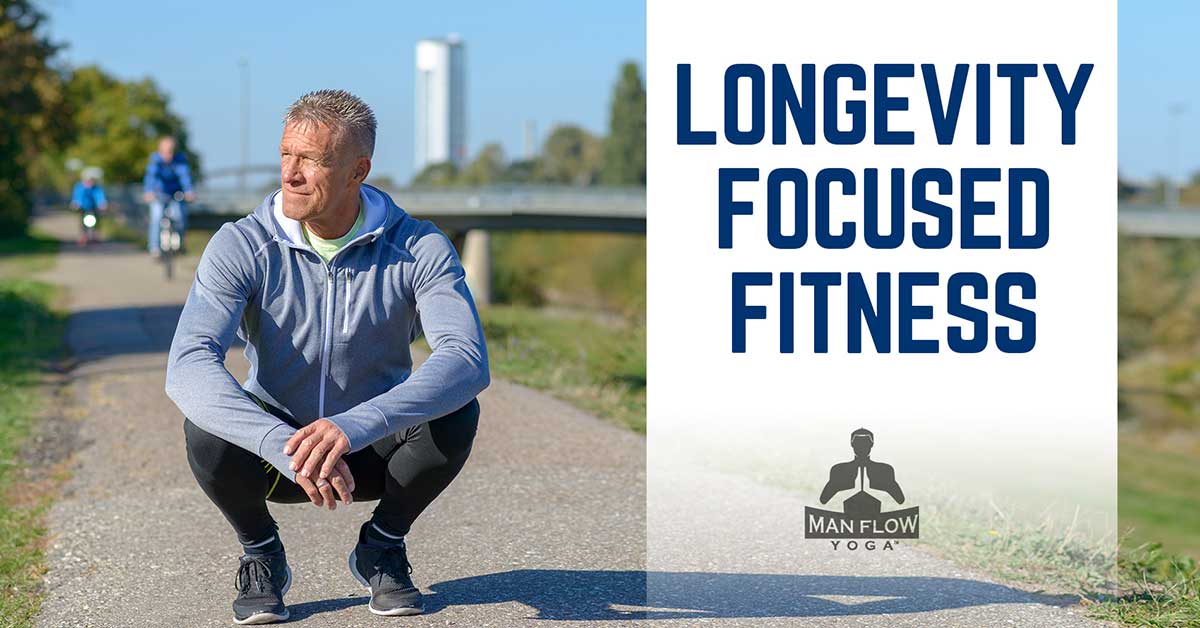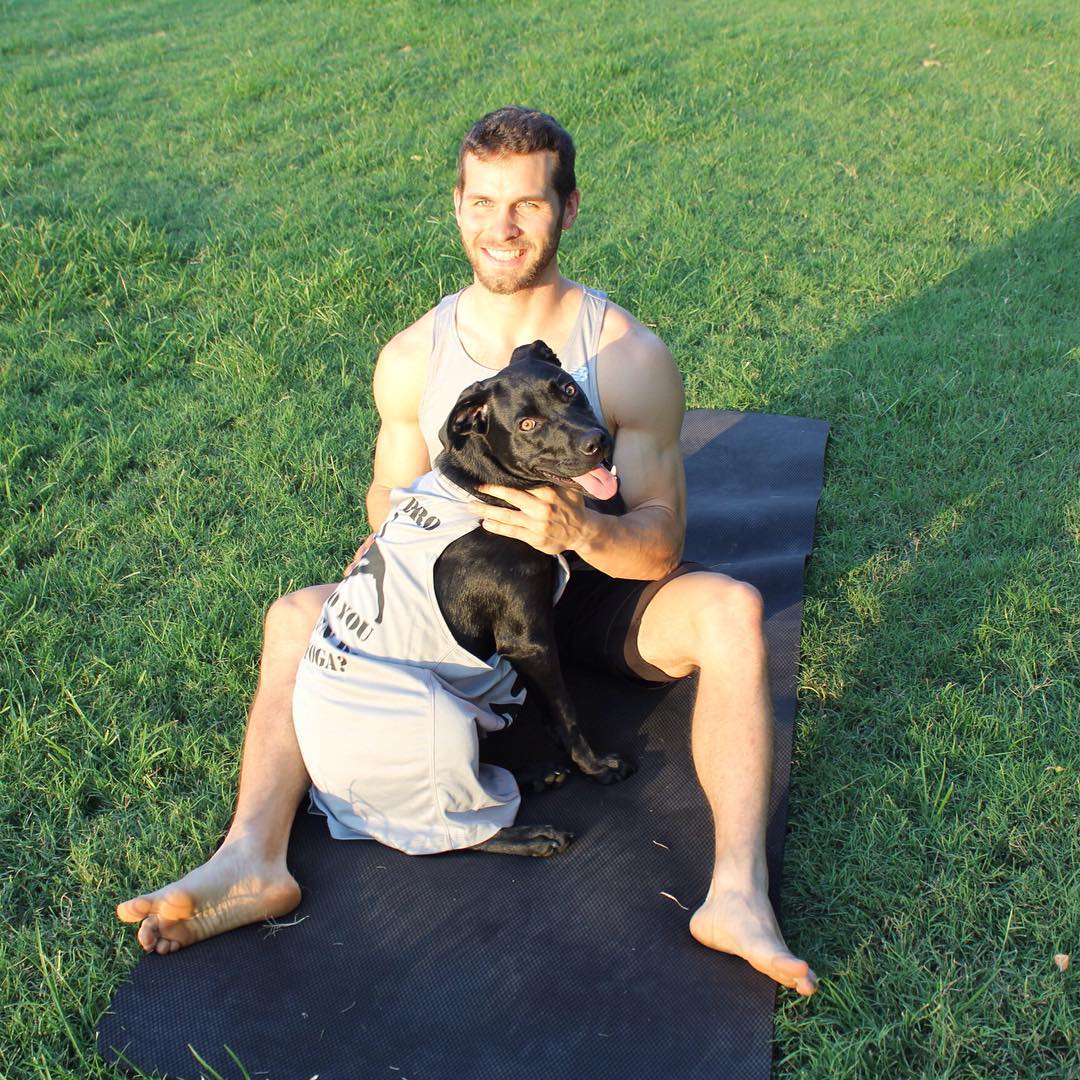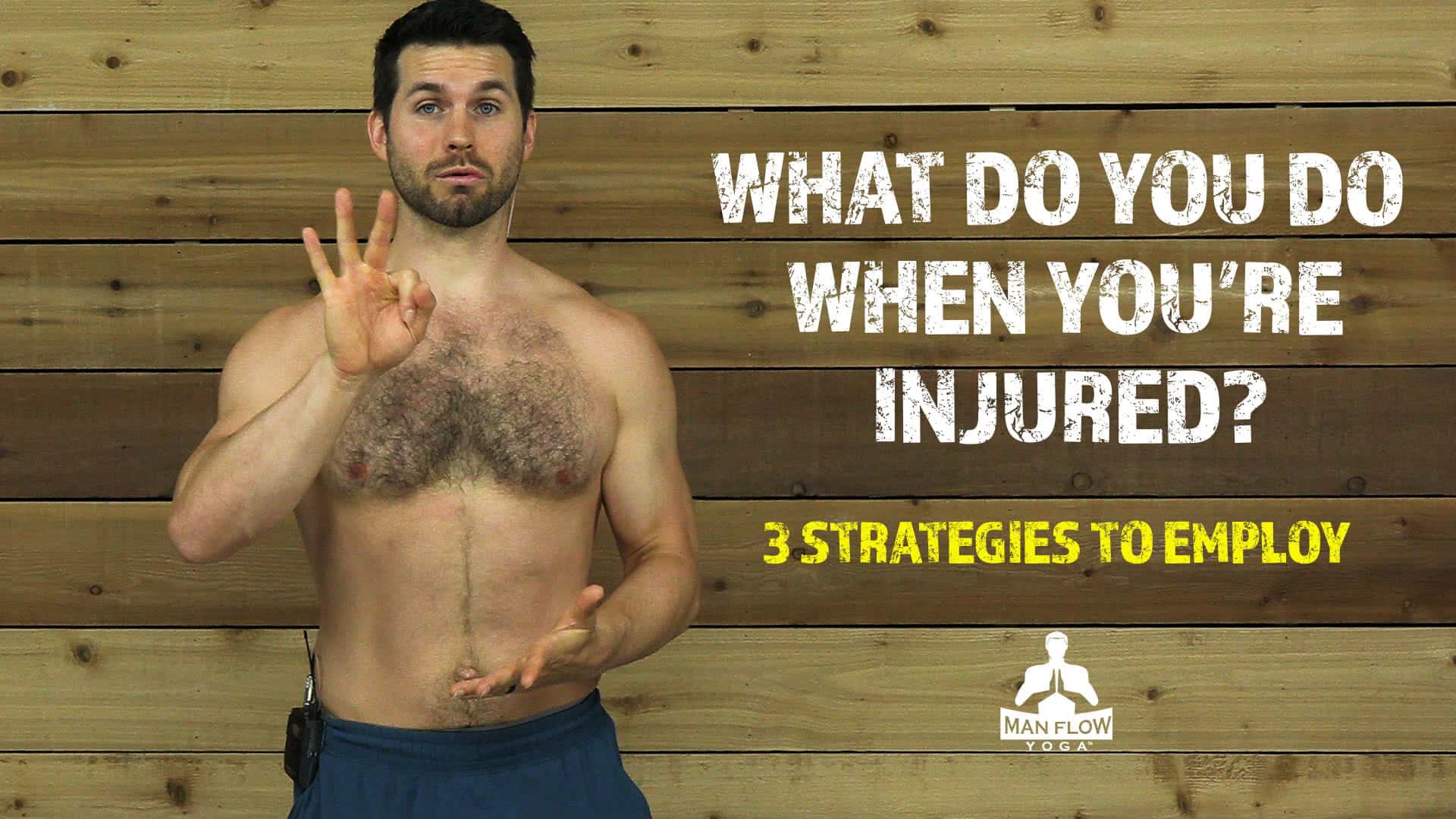We all injure ourselves training – well most of us do. So what should you do? Do you keep exercising while injured? Do you take a complete break? How do I even work out when I’m injured? I’m sharing 3 of my personal strategies in a video below on how to keep yourself active and training even after an injury. If you’d rather read about it just scroll down!
Most Injuries Are Preventable – Train The Supporting Muscles
Most injuries are preventable unless you’re doing a super high impact sport like football or rugby. However, with that in mind, most injuries are soft tissue injuries that are almost always entirely preventable.
If you injure your knee or you’re experiencing knee pain, more than likely your muscles supporting the knee or the muscles connected to the knee are weak – usually the hip, ankles, or core.
Simply waiting for your injury to heal and going back to your previous routine will often just result in the same injury happening again, so by working on these areas of weakness you’ll actually recover faster and prevent the injury from happening again.
You can’t expect to do the same routine that caused the injury and not injury yourself again. That’s why you have to do more than you did before to address these weaknesses or imbalances, so you can better yourself and eventually train harder.
Train Around NOT Through Pain
While injured you shouldn’t completely stop exercising. Instead, we want to find the movement patterns and exercises that you can do to strengthen your areas of weakness without aggravating it.
Back to the knee problem. If you injured your knee, I’m not going to recommend you continue your current exercise plan that might include squats, sprints, or any other higher impact exercise.
Instead, I’m recommending that you do low-impact non-weight bearing exercises to strengthen your hip, ankles, and core. These exercises aren’t the most exciting workouts, but they’re exercises that will help you in the long-term.
You really want to find the exercises that challenge your muscles without hurting your joints. Find that point where you’re holding something and your muscles are starting to shake, or you’re noticing that you’re reaching the point of failure – but WITHOUT pain.
These exercises are going to be isolation exercises, meaning that they focus on a specific muscle or muscle group, rather than targeting your whole body.
I understand it’s frustrating to have to stop your training plan and halt your progress, but these boring exercises will help you attain those goals later on.
Looking For A Program?
Are you interested in starting a yoga program with Man Flow Yoga to gain strength, mobility, and help prevent injuries, but not sure if it’s for you? Then give our FREE 7-Day Challenge a try. Sign-up below! Signup for the FREE 7-Day Challenge
Shift Your Mindset – It’s A Great Time to Try New Things
During this time, you shouldn’t be super down on yourself and give-up your on training. INSTEAD, you should look at this time as an opportunity to train new things and strengthen your weaknesses.
If you’ve injured your shoulders, it might be a good time to take a break from upper-body training and take a look at your lower-body. Maybe you want to set new goals such as getting better with your flexibility.
The most challenging part of this is exercising in new ways; getting outside of your routine. It takes more effort, more concentration, and it might not be as enjoyable. BUT, it’s going to help you long-term, and you’ll get stronger as a result.
Final Thoughts
In the short term, these 3 strategies will help you stay active and sane, and in the long term, it’ll help you be stronger and not get injured in the future.
You shouldn’t just stop training after an injury. There’s plenty of ways to exercise around an injury, you just have to find the exercises that work for you.
You can find them through researching Google, Youtube, or even seeking help from a professional such as a physical therapist.
Stay active & keep training,
Dean
Additional Resources
About the author, Dean Pohlman, Founder & CEO of Man Flow Yoga, Author of Yoga Fitness for Men, Expert on Yoga Fitness for Men.
Looking for non-spiritual, yoga for men workouts?
Learn More About Man Flow Yoga and how it can help you with your fitness goals:
 Join Today for Instant Access!
Join Today for Instant Access!
